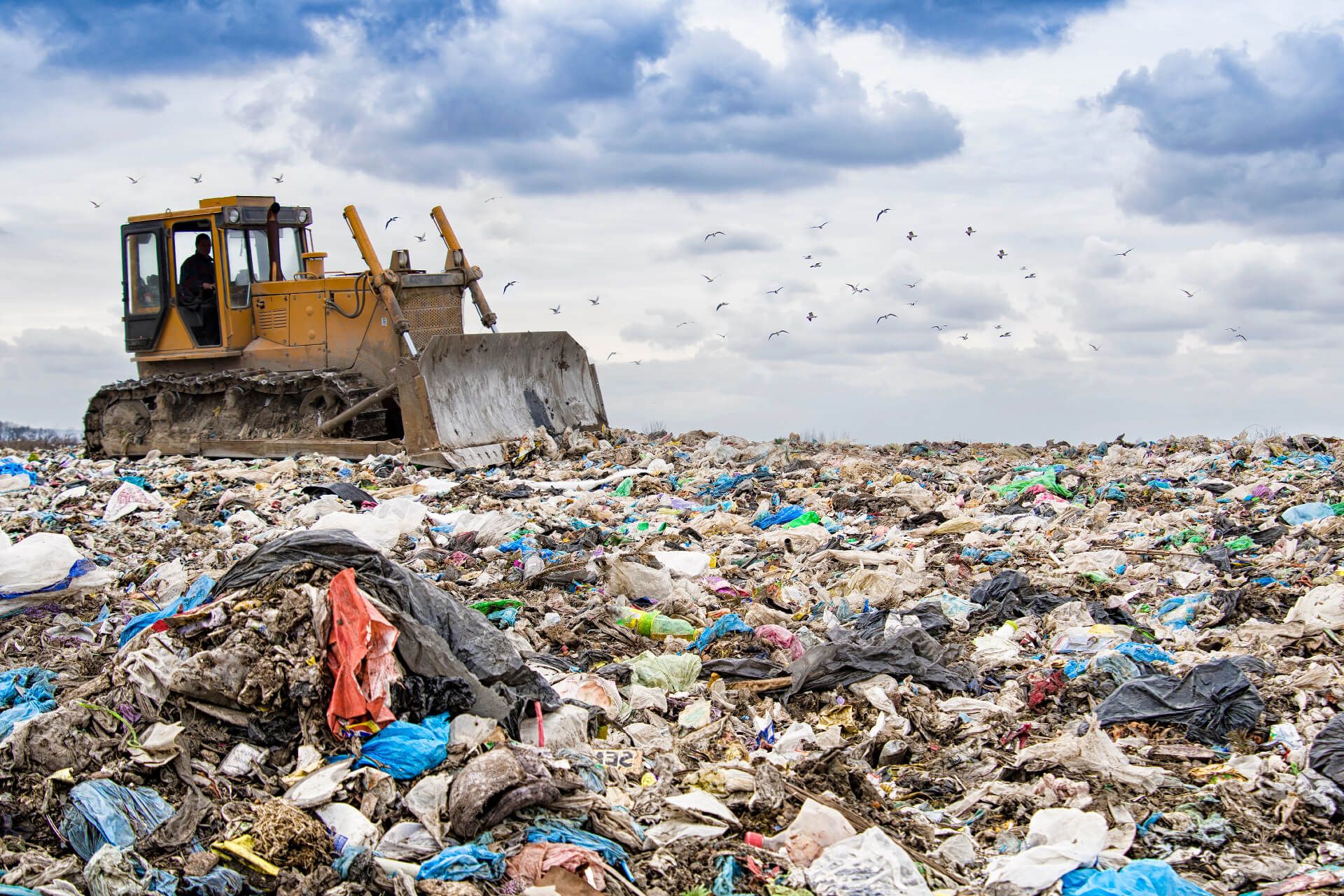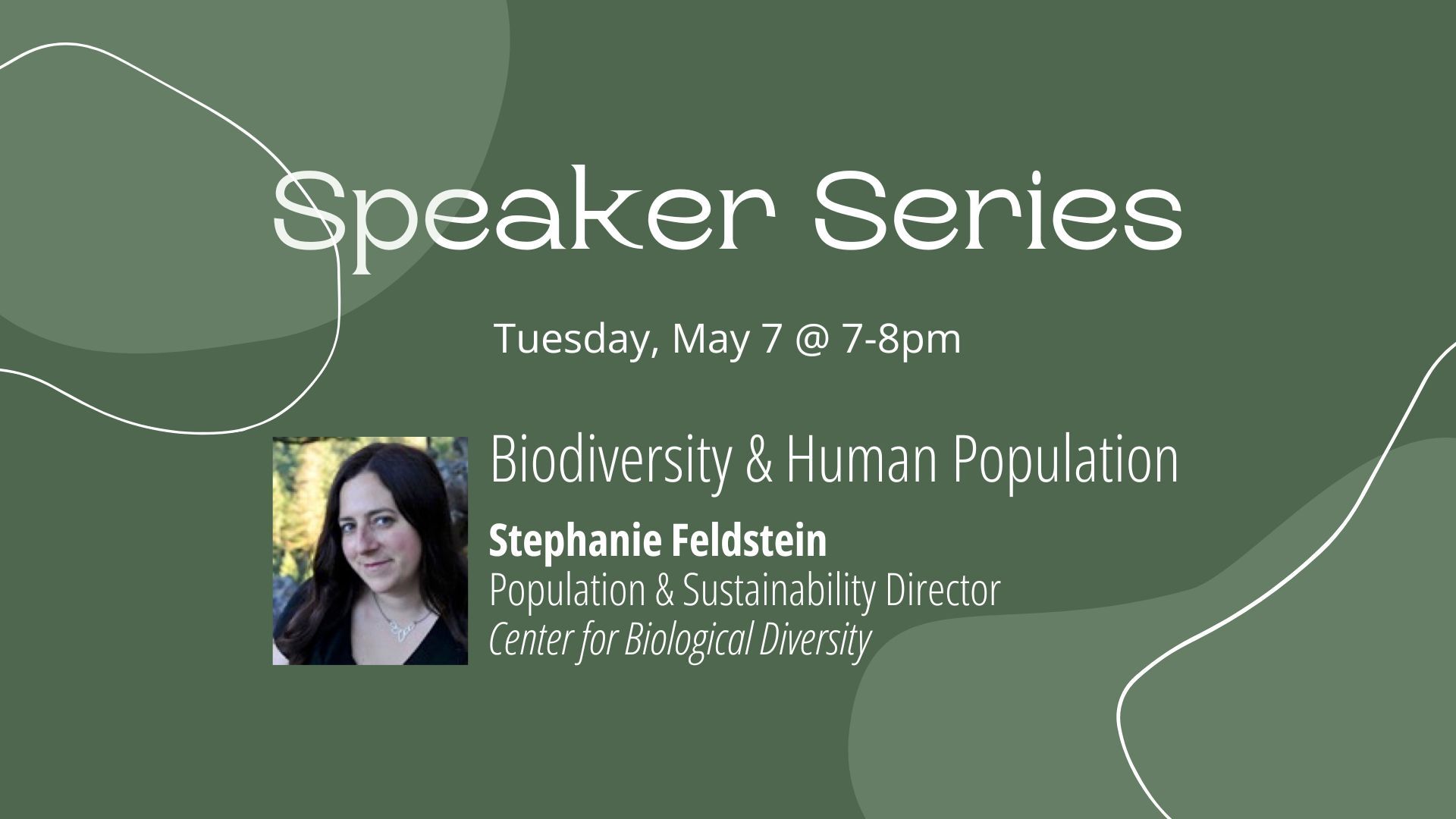Wasteful Consumption Impacts Our Environment

- June 28, 2022
Be watchful of what you consume. Our actions have consequences we are unaware of. The following provides information on wasteful practices associated with food, clothing, fuel and technology.
Food
Forty percent of the earth’s surface is for agriculture. And 45% of that is for animal feed and fuel. Americans waste 30-40% of the food purchased (400 pounds/person), costing $1,800 per year per household. A different problem is that 12% of Americans don’t have enough to eat. Restaurants waste 18% of their food.
Possible solutions to this food waste problem are to reduce or eliminate meat from your diet. This is good for the planet and your health. Buy only what you can use and use it before it spoils including by freezing it. Buy bulk foods to reduce wasteful packaging. Grow your own food at home or in a community garden. Practice urban foraging for wild foods. The Green Urban Lunch Box offers a fruit sharing program in which homeowners can register their fruit trees and volunteers pick it and share the harvest with the homeowner, volunteer and local food banks.
Fashion
Fast fashion produces 100 billion garments globally per year equaling 13 new pieces of clothing per person per year. An average piece of clothing is worn only 7 times before it is thrown away. Americans get rid of 60% of their clothing within one year. Only 15% of clothing waste is donated or recycled. Synthetic fabrics are made of oil. Possible solutions to the clothing waste are buying fewer and better quality clothing that can be repaired. Take good care of your clothing. Wash it less often. Buy used clothing and participate in local clothing swaps. Don’t participate in fast fashion.
Fuel
Air conditioning (A/C) and refrigeration contribute greatly to global warming. To avoid an additional one degree increase in global warming by 2100 shift out of using hydrofluorocarbons (HFCs) in cooling devices. Ninety percent of Americans have air-conditioning amounting to 18% of residential electricity consumption. Decrease your use of A/C by raising your thermostat in the summer heat.
Twenty five percent of airplane emissions occur during landing and takeoff. The solution is to fly direct in coach class for longer trips, otherwise it is environmentally better to drive.
Cars are the biggest single source of emissions in the US. There are 3.4 to 8 parking spaces per car. A solution is to use public transit more, carpool, combine trips and walk or bike.
Trucks account for 70% of US internal trade. Trucks are only 5% of vehicles but account for 20% of transportation emissions. Fifteen to twenty-five percent of trucks on the road are empty. Solutions to the wasteful reliance on trucks is to ship items by rail for long distances. Decrease globalization which requires shipping products long distances. Manufacture products locally or regionally. These two solutions could help with the supply chain problems. Buy local which keeps more of your spent money in the local community, a benefit.
Technology
The average home has 65 electronic devices with 50% of them always drawing power. Electronic devices require one fourth of total residential energy costing $19 billion in electric bills per year. Americans threw away 3.1 million tons of electronic devices (e-waste) in 2013. Only 20% of e-waste is recycled. How we use technological devices is the problem. A solution is to not use smart devices and use a power strip for groups of appliances which can disconnect them all at once. Another solution is to ask do you really need all these electronic devices.
Perhaps a simpler lifestyle could greatly reduce the wasteful practices associated with food, clothing, fuel and technology. We need to consume less and be more watchful of what we consume. A simple life gives you more time for the things that really matter in your life, such as meaningful relationships, service to others and your community. Become a citizen not just a consumer.
The specific information above comes from the two following sources: Inconspicuous Consumption, The Environmental Impact You Don’t Know You Have, Tatiana Schlossberg, 2019 and Green America. Spring 2020


